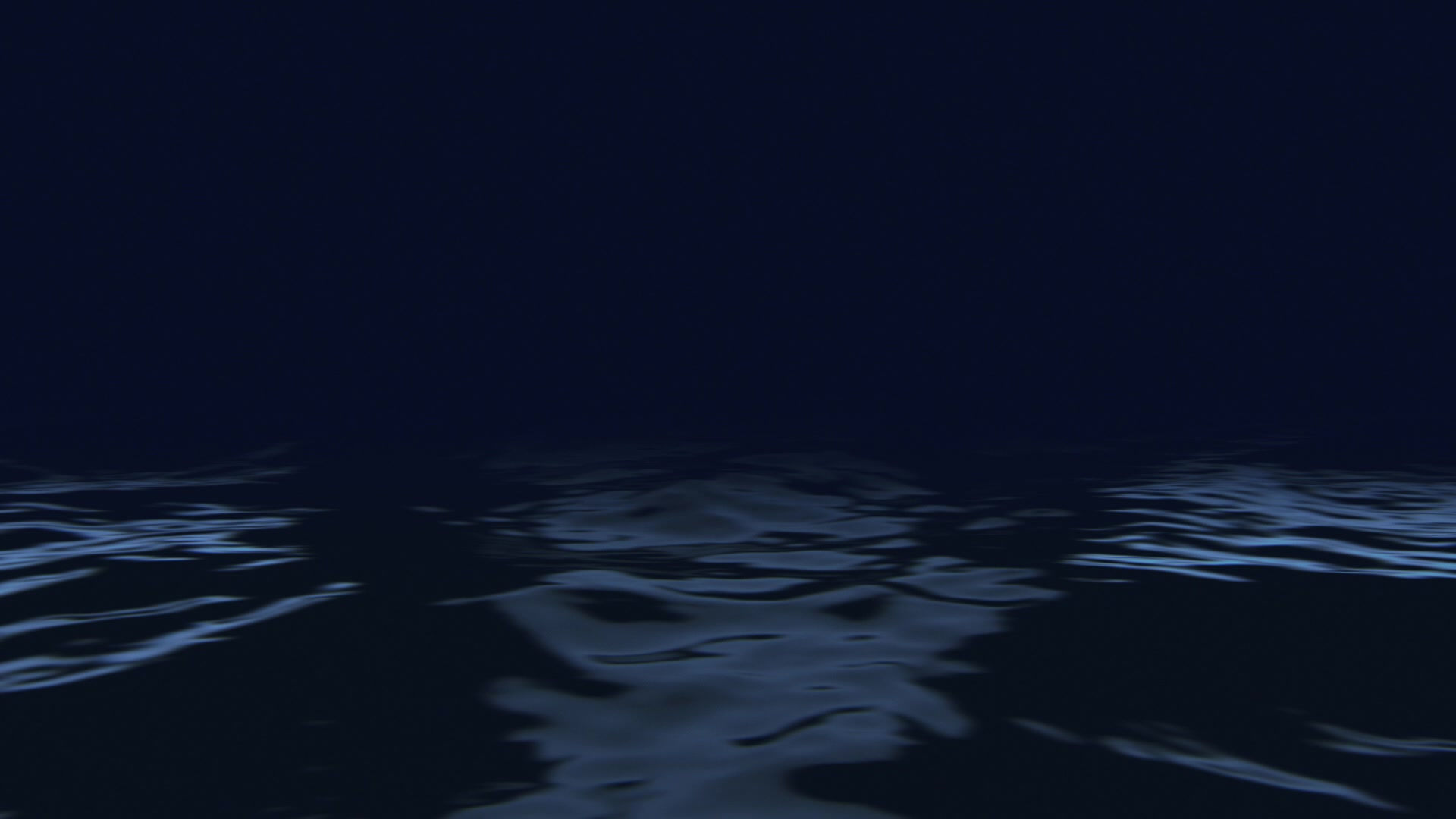
generate a BIG
COMMUNITY DATA to monitor
BIODIVERSITY
Objective 1. To generate big community data to monitor biodiversity. This objective will be addressed by subproject 1 (CEAB). The main objective of this subproject is to generate massive amounts of marine biodiversity data using amplicon sequencing techniques (metabarcoding) to monitor climate change impacts and to develop biosecurity tools.
Specific objective 1.1. To use big community data as a sentinel of climate change. IP in charge: Xavier Turon. Generate baseline surveys and continue ongoing mid-term temporal data collection of species-level and intra-specific diversity in representative benthic marine communities. Apply machine learning and network analyses for detection of indicator taxonomic units and change patterns.
Specific objective 1.2. To develop and implement monitoring tools for biosecurity issues. IP in charge: Marc Rius. To survey port communities to detect the arrival of NIS and interactions between native and introduced species, and to identify harmful species (pest, pathogen, HAB-forming species). To perform a targeted research of parasites and pathogens on cultured bivalves and biofouling ascidians in the Ebro Delta.


DIVERSITY, CONNECTIVITY & ADAPTION
from GENOMES
Objective 2. Diversity, connectivity and adaptation from genomes to populations in keystone species. This objective will be the focus of subproject 2 (UB). The goal of this subproject is the application of genome-wide analyses to assess genomic diversity, connectivity and adaptation in keyston.
e species.
Specific objective 2.1. To generate high quality genomes of two of the studied species. IP in charge: Marta Pascual. Assemble and annotate high quality genomes by combining different sequencing techniques matching the standards in quality developed by international genome sequencing projects.
Specific objective 2.2. To address population structure and connectivity in keystone species. IP in charge: Carlos Carreras. To sample different populations and foraging areas of species of interest across known oceanographic gradients to assess genetic structuring and migration patterns.
Specific objective 2.3. To detect adaptation processes in species of interest. IP in charge: Marta Pascual. To evaluate adaptive responses of keystone species to different environmental conditions at different levels (allele frequencies, coding and non-coding gene expression, changes in distribution andchanges in the associated microbiome).

DISSEMINATION,
COMMUNICATION
& OUTREACH
Objective 3. Dissemination, communication and outreach. We have a strong commitment to dissemination and outreach of our research. We will emphasize this by addressing these aspects in a transversal objective, with involvement of the two subprojects and all researchers.

